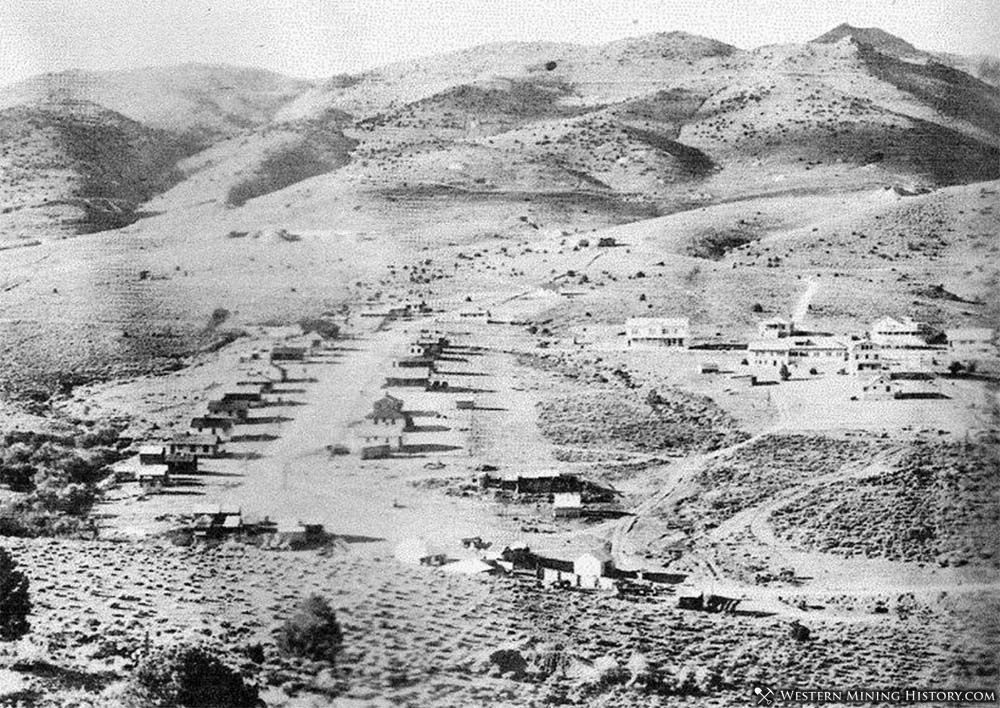American City History
American City was a short-lived settlement at the American Flat area west of Gold Hill. Mining in this area began in 1860 and in 1864 the town of American City was established. The town didn’t last long, its post office closing in 1868.
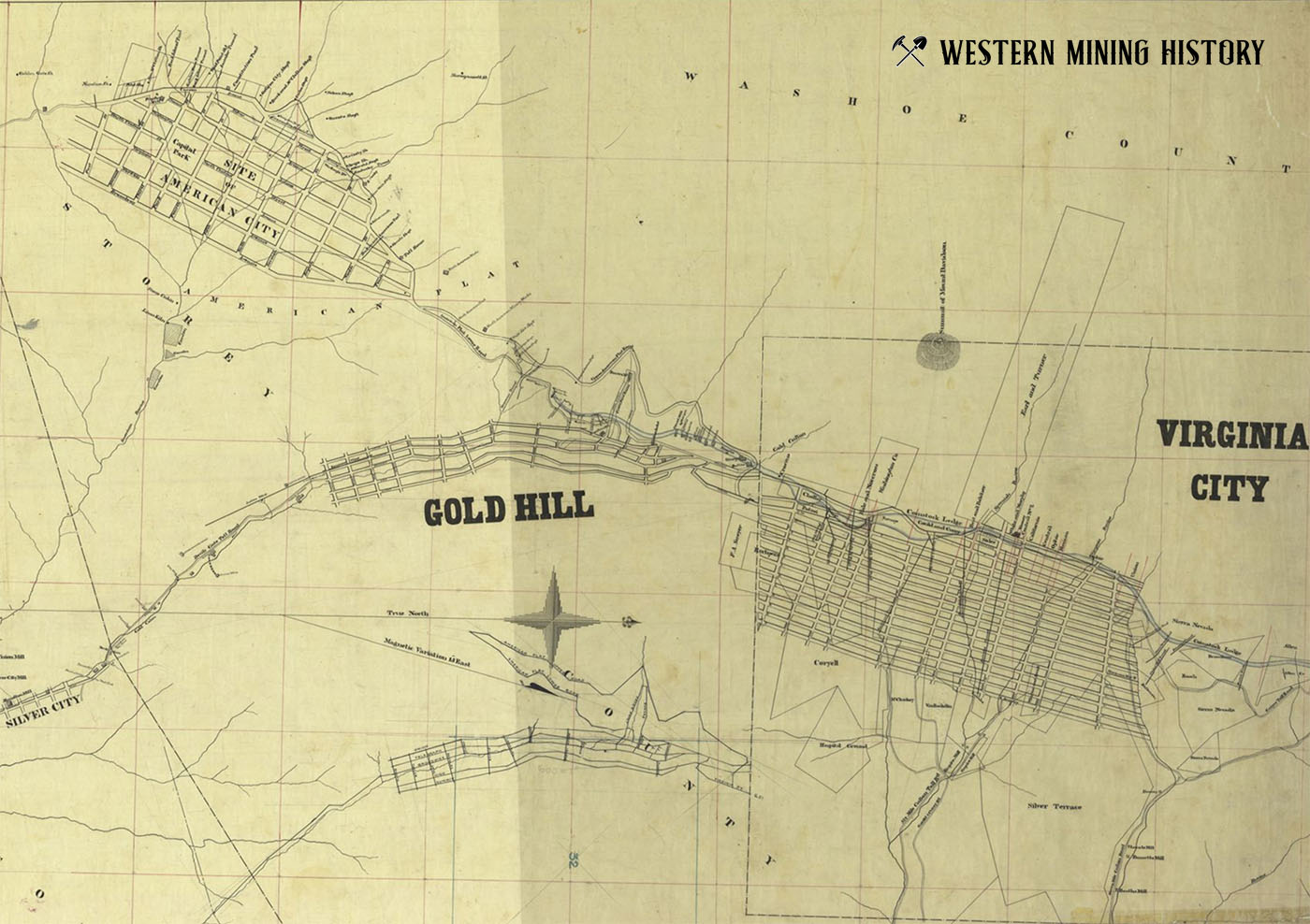
While a few mills operated in this area as far back as the 1860s, American Flat is famous today as the former location of the United Comstock Merger Mill, which is more Commonly Known as the American Flat Mill. The name American Flat causes some confusion however as there was another American Flat Mill built in the early 1860s, and yet another built around 1980, so to avoid confusion we will refer to it as the United Comstock Merger Mill.
United Comstock Merger Mill
The following history of the mill was written by the Bureau of Land Management:
In the 1910s and 1920s mining engineers Roy Hardy and Alex Wise sought to take advantage of a new technology that used cyanide to extract gold and silver from ore. They believed that this Merrill-Crowe process would allow them to mine and mill low-grade ores and tailings at a profit. With the financial backing of local rancher Herbert Humphrey and wealthy investors in the Northeast, the United Comstock Merger Mill was constructed in 1922.
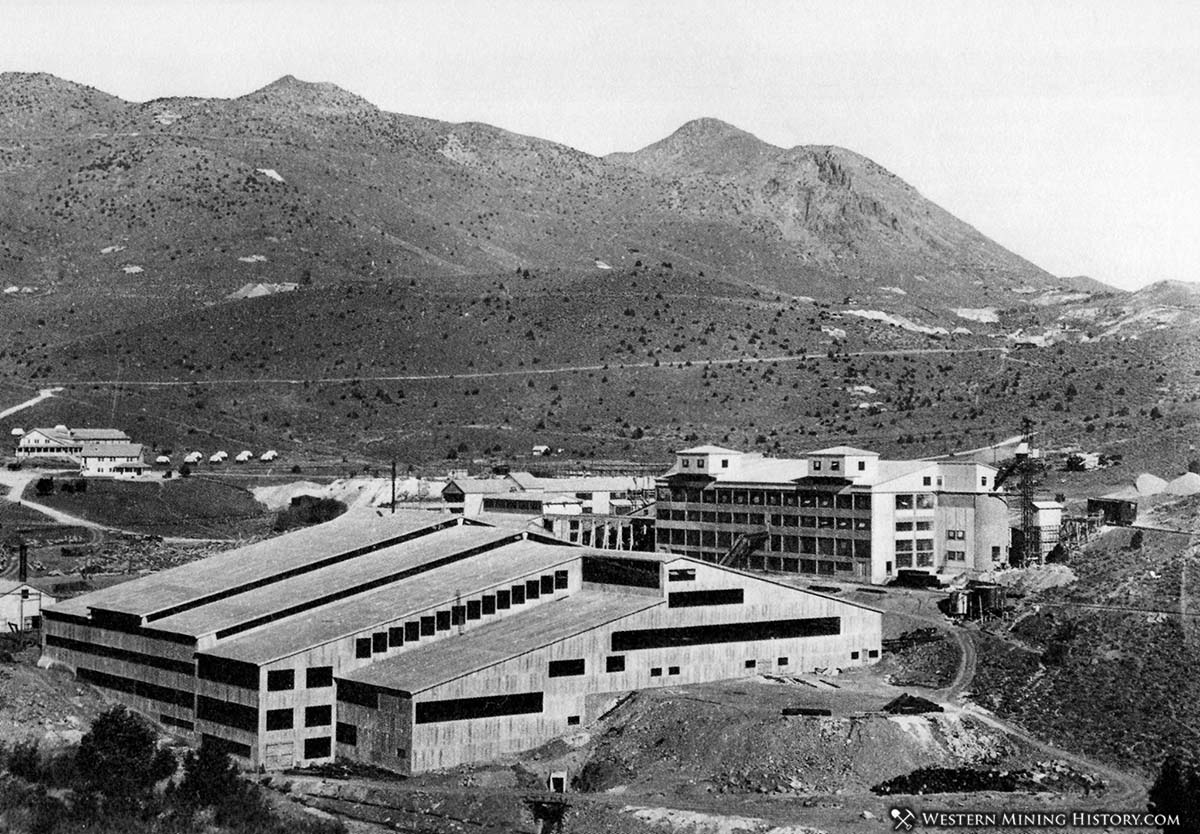
The mill, now commonly known as the American Flat Mill, spread out over 29 acres. It boasted eight buildings, a 10,000-foot-long tunnel for electric trains transporting ore and water to the mill, and connections to two spurs of the Virginia & Truckee Railroad (V & T). Two trains with as many as twelve cars ran at any time through the haulage tunnel, delivering up to 6,500 tons of ore per train per day. The V & T transported houses for workers, building materials, mining equipment, and other supplies to the mill.
Locals celebrated the completion of the mill, believing it would usher in a new era of prosperity. At the time, the mill was the largest of its kind in the world. The buildings and infrastructure, along with a town of prefabricated houses for the workers, cost $5 million. Historians would later describe the American Flat Mill as the “last gasp of the Comstock.”
The American Flat Mill was short-lived, closing in 1926. The costs of mining and milling had been underestimated, partly because the ore proved sticky and difficult to process. To make matters worse, the ore’s value had been overestimated, and silver continued to fall in value from a dollar an ounce in 1920, to about 67 cents an ounce in 1924. Ultimately, the Morse Brothers of Denver, Colorado, stripped and sold all of the machinery and items of value from the site, leaving only concrete ruins behind. Even workers’ houses were moved to other locations, such as Virginia City.
The remains of the United Comstock Merger Mill were demolished in 2014 by the Bureau of Land Management.
The Comstock Lode: Nevada's "Big Bonanza"
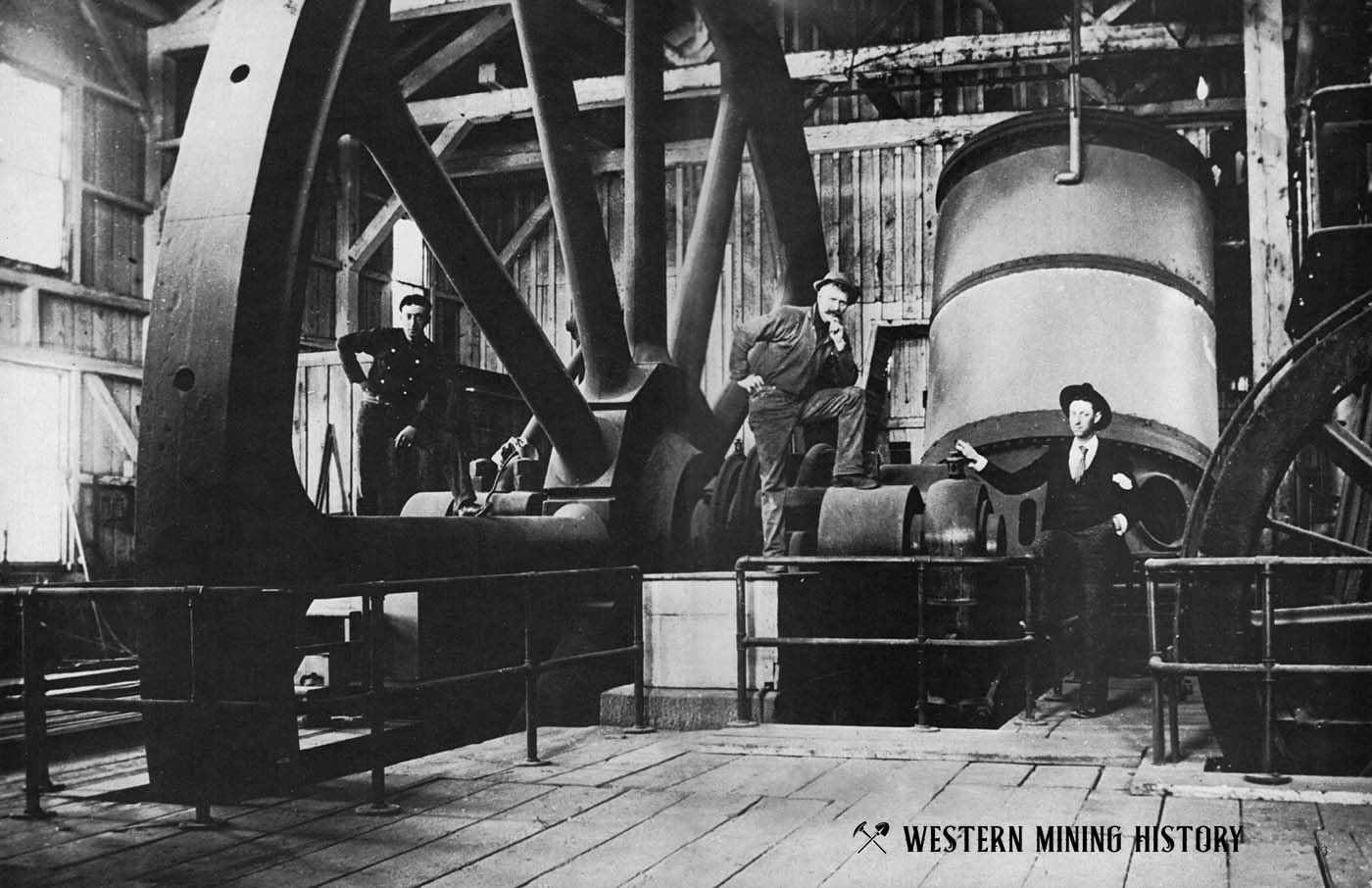
Many incredible photos of this area are included in the article The Comstock Lode: Nevada's "Big Bonanza".
Mill Locations of the Comstock Lode
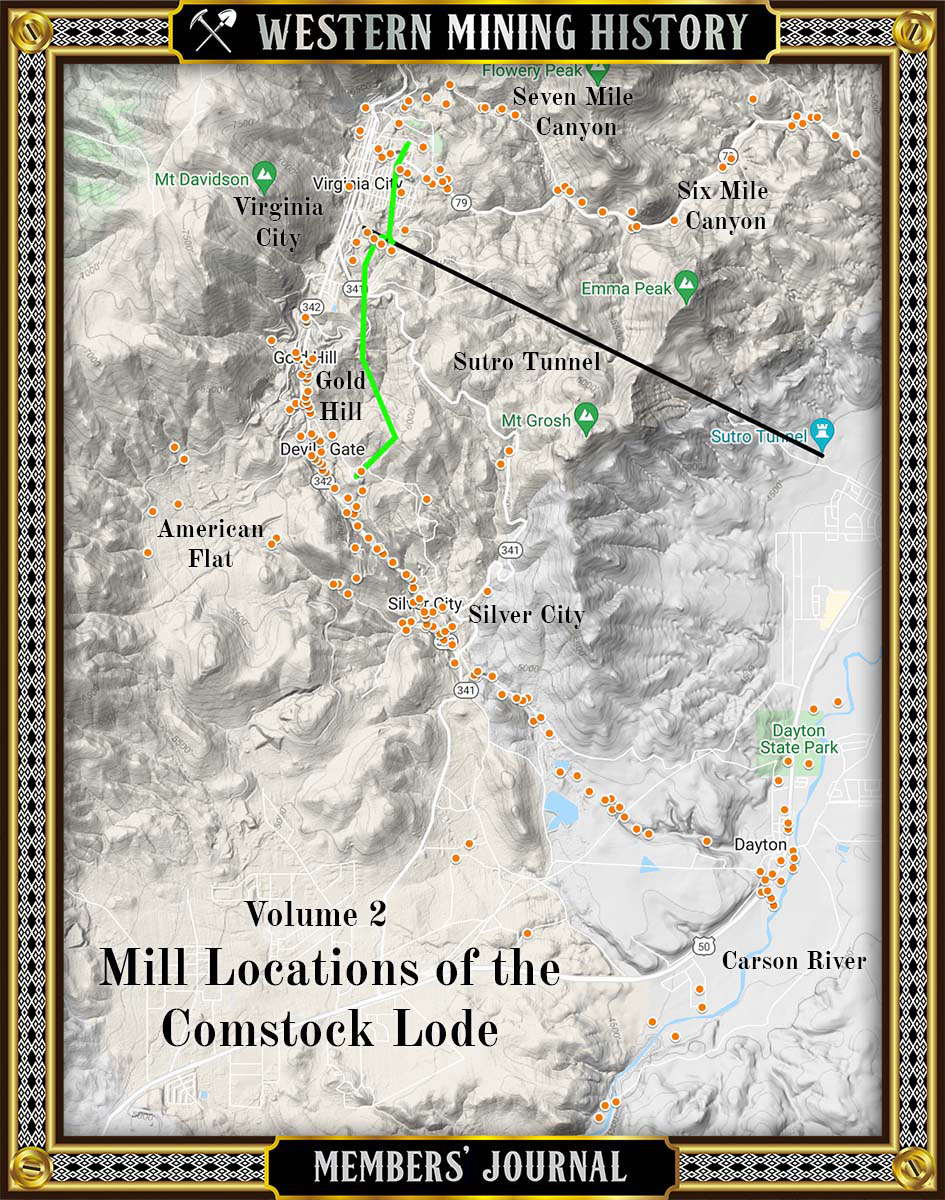
The WMH Member's Journal Volume 2 - Mill Locations of the Comstock Lode takes a look at the distribution of over 200 historical mill sites from the peak years of the great Comstock mining era.
Nevada Mining Photos
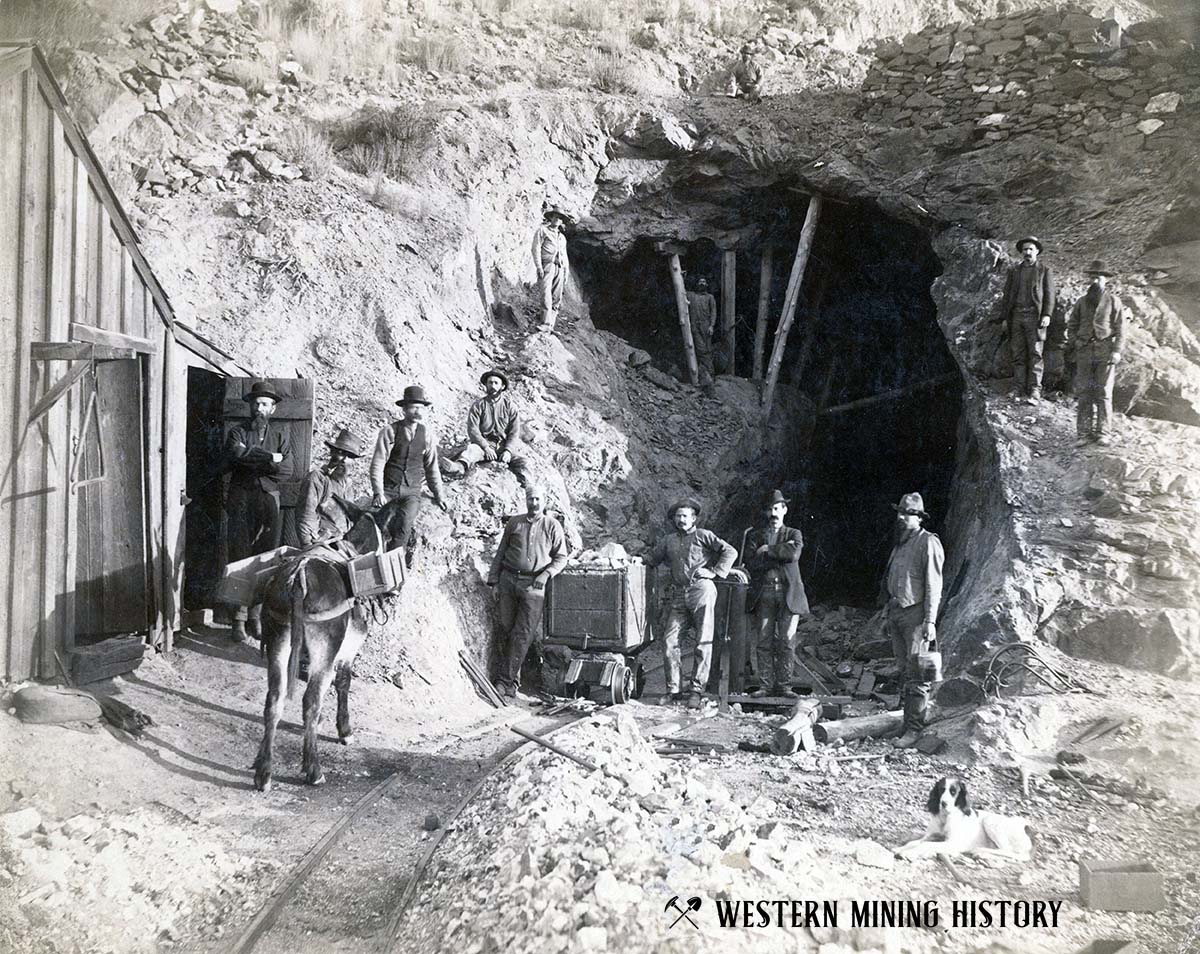
A Collection of Nevada Mining Photos contains numerous examples of Nevada's best historic mining scenes.
Nevada Gold

Nevada has a total of 368 distinct gold districts. Of the of those, just 36 are major producers with production and/or reserves of over 1,000,000 ounces, 49 have production and/or reserves of over 100,000 ounces, with the rest having less than 100,000 ounces. Read more: Gold Districts of Nevada.
